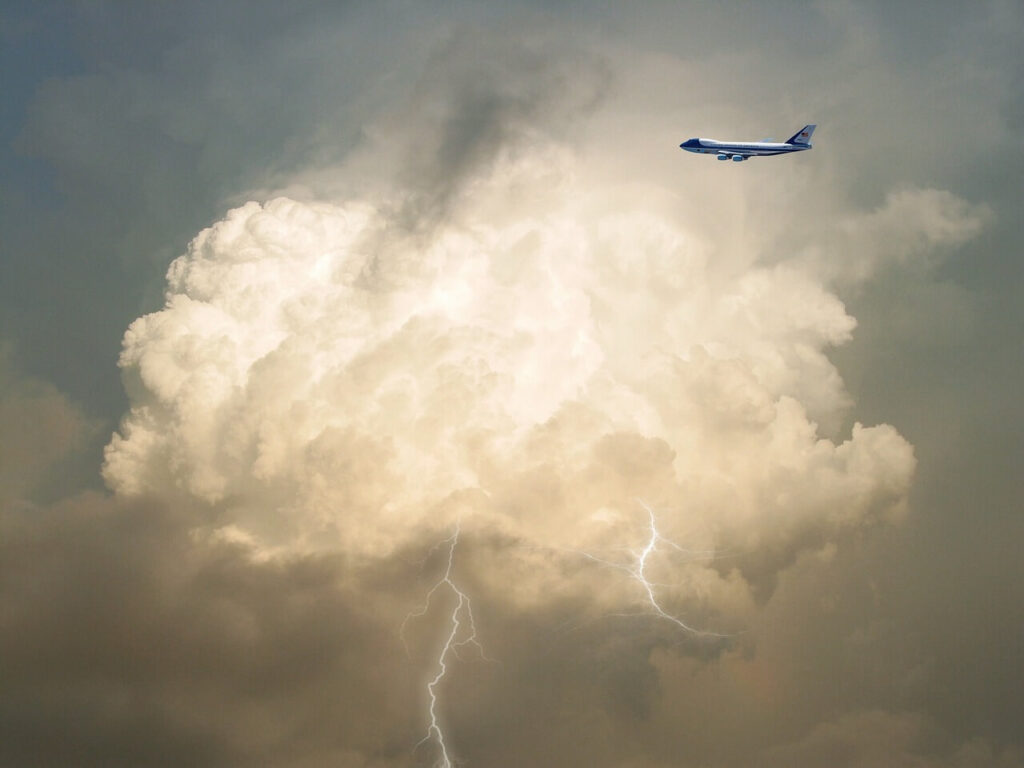The first testimonies of the flight crew and the passengers of the Aeroflot Superjet-100 that crash-landed in Moscow report that several of the aircraft’s systems shut down after it was struck by lightning.
Without radio communication available, the pilots decided to turn back and carry out an emergency landing.
If the hypothesis of a malfunction following lightning proves to be true, the conception of the SJ-100 will probably be reviewed. Indeed modern airplanes are supposed to be completely protected from lightning strikes, with their fuselage designed to act as a Faraday cage.
With more and more electronic being used in the plane’s avionics, all their internal systems are specifically designed to resist to power surges that can be induced by lightning. To obtain a certification, aviation authorities require that the aircraft demonstrate lightning protection.
For an aircraft to be struck by lightning is far from a rare occurrence. However, in normal conditions, it should result in nothing more than a loud bang and a flash of light.
The last confirmed commercial plane crash directly attributed to lightning occurred in 1967 when the fuel ignited in one of the Boeing 707’s tanks. The left wing was completely destroyed and the plane crashed shortly after, killing all 81 people on board.
In the case of the Sheremetyevo accident, however, lightning seems to be only the root cause which led to a sequence of events, eventually leading to the crash.
According to sources cited by Kommersant, the Russian aviation authority, Rosaviatsia, does not plan on suspending the operations unless the preliminary investigation gives a relevant basis to do so.

